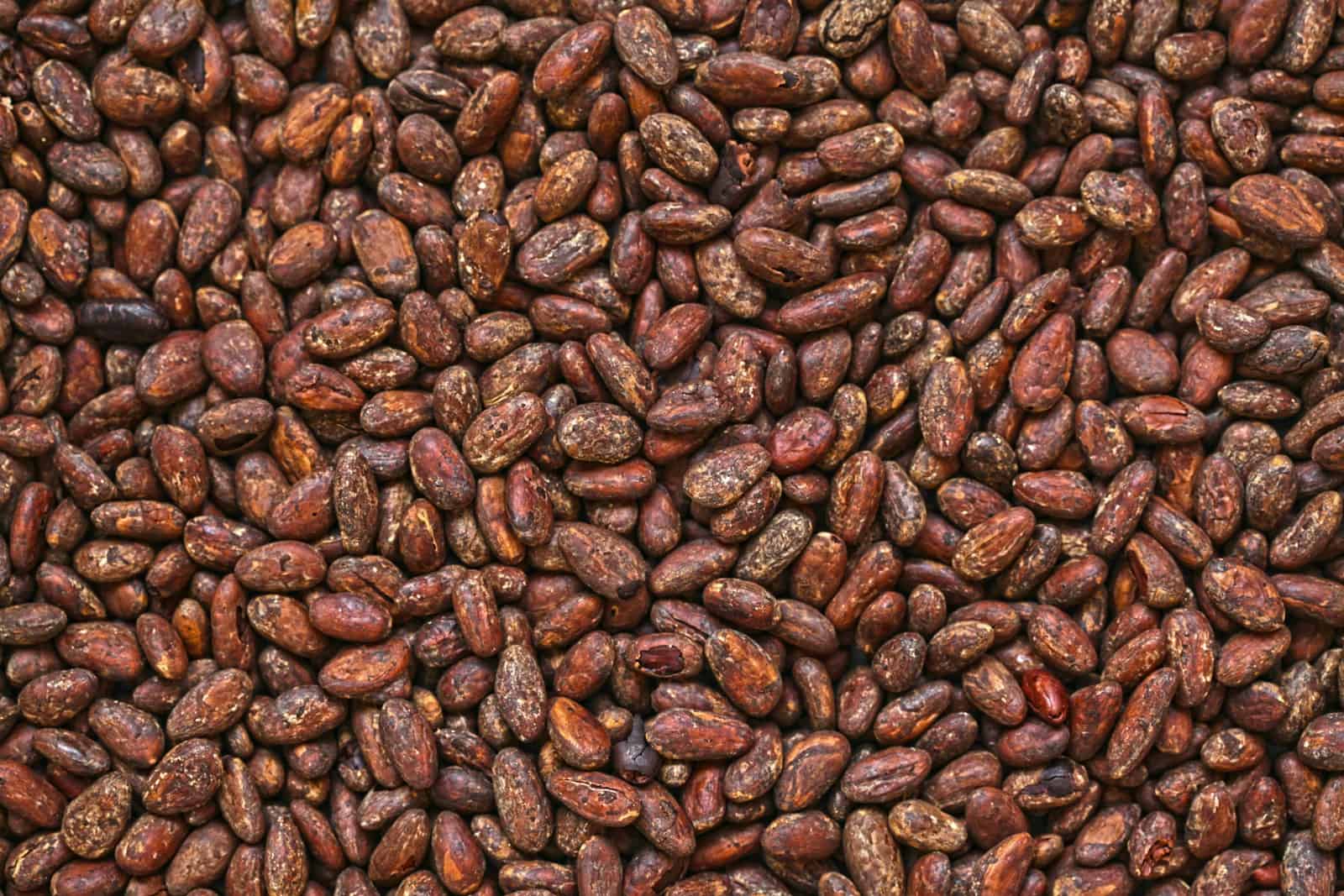
Photo by Kristiana Pinne on Unsplash
Cocoa Prices Surge to Historical $10K Per Metric Ton
March 26, 2024
Cocoa prices skyrocketed to unprecedented levels on Tuesday, marking a significant milestone in the commodity’s history. Futures for May delivery surged by 3.9% to an astounding $10,030 per metric ton, breaking through the $10,000 mark for the first time. This surge reflects a remarkable 138% increase in cocoa prices over the course of the year.
The surge in cocoa prices can be attributed to a multitude of factors, primarily supply constraints. West Africa, which produces approximately 70% of the world’s cocoa, has been grappling with adverse weather conditions and disease outbreaks. Ivory Coast and Ghana, the two largest cocoa producers, have been particularly affected by heavy rain, dry heat, and disease.
Late last year, heavy rain and the spread of black pod disease ravaged cocoa farms in these countries, disrupting farming activities significantly. Poor road conditions compounded the issue, making it challenging to transport available cocoa beans to ports for export.
According to the International Cocoa Organization, “As these two leading producing countries supply about two-thirds of global cocoa beans, any change in their production tends to have a significant impact on the cocoa market.”
Arrivals at ports in Ivory Coast and Ghana have dwindled significantly compared to the previous year, with declines of 28% and 35%, respectively, since the start of the season. This sharp decline underscores the severity of the supply constraints facing the cocoa market.
The surge in cocoa prices has not gone unnoticed by major players in the industry. Hershey, for instance, has forecasted flat earnings growth for the year due to the escalating cocoa prices. Despite this challenge, Hershey’s CEO, Michele Buck, remains optimistic, citing the company’s robust hedging strategy and price visibility into 2024.
The big question for consumers is how these price rises will affect Easter. According to the National Confectioners Association, Easter is the third-biggest occasion to buy chocolate and candy in the U.S., after Halloween and the winter holidays. Many chocolate makers have already said “they will hike prices again to cover the cocoa crunch,” but some brands are leaning more on non-chocolate candy to make up for it.
Per Reuters, “Hershey is shipping more non-cocoa treats to retailers this Easter in addition to its iconic Reese’s chocolate bunnies and eggs.” As for Mondelez, a spokesperson noted that the company may not just consider introducing price hikes but also “changing the unit weights” of its chocolates, also known as shrinkflation, as cocoa costs rise this year.
Additionally, more retailers, including Target and Kroger, have started offering larger discounts on Easter candy this year than last year, according to Dataweave, a research analytics firm.
The unprecedented surge in cocoa prices reflects the acute supply constraints facing the industry, driven primarily by adverse weather conditions and disease outbreaks in key cocoa-producing regions. As cocoa prices continue to soar, stakeholders in the industry must navigate these challenges to ensure stability and sustainability in the global cocoa market.
Recent News
NHTSA Investigates Tesla Autopilot Again After Recent Software Update
Tesla Autopilot is once again the subject of an NHTSA investigation.
Home Depot Holds Halfway to Halloween Sale: Skelly’s Back
It’s halfway to spooky season, and Home Depot is celebrating.
Kaiser Discloses Health Insurance Data Breach
Health insurance company Kaiser is notifying millions of its current and former members about a data breach. The breach occurred when Kaiser shared patients’ information with third-party advertisers like Google, Microsoft, and X (formerly Twitter).
Satirical Site The Onion Acquired by Global Tetrahedron
The satirical news website, The Onion, has been sold by G/O Media to a group of digital media veterans.

